
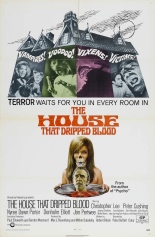 Well, you can’t hit one over the fence every time at bat. The House That Dripped Blood is the third of Amicus Productions’ portmanteau horror anthologies, and it’s at best a shaky single achieved as the result of a fielder’s error.
Well, you can’t hit one over the fence every time at bat. The House That Dripped Blood is the third of Amicus Productions’ portmanteau horror anthologies, and it’s at best a shaky single achieved as the result of a fielder’s error.
The script is by Robert Bloch and based on four of his short stories: “Method for Murder,” “Waxworks,” “Sweets to the Sweet” and “The Cloak.” The last two are classic Bloch, but here, the scripts are weakened, especially in “The Cloak,” by producer Max Rosenberg’s insistence on putting humor onscreen and keeping the horror off.
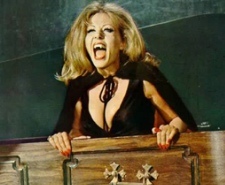 The cast makes the film sort of worth watching. Denholm Elliott stars in the first story, about a writer of horror stories who begins to think that his creations are coming to life. Peter Cushing and Joss Ackland are in segment two, about a creepy wax museum and the nutjob who operates it. Christopher Lee tops a tale of a man trying to live with an adolescent witch, and Jon Pertwee and Ingrid Pitt finish off with a comic vampire yarn.
The cast makes the film sort of worth watching. Denholm Elliott stars in the first story, about a writer of horror stories who begins to think that his creations are coming to life. Peter Cushing and Joss Ackland are in segment two, about a creepy wax museum and the nutjob who operates it. Christopher Lee tops a tale of a man trying to live with an adolescent witch, and Jon Pertwee and Ingrid Pitt finish off with a comic vampire yarn.
The film contains no thrills or chills — not even a weak shiver — and is for Cushing/Lee fans only. Note that Vincent Price was originally offered, but turned down the role of the snotty, egotistical horror movie star eventually played by Pertwee. Price got his chance to burlesque hammy actors two years later in Theatre of Blood, and that one’s a must-see. —Doug Bentin

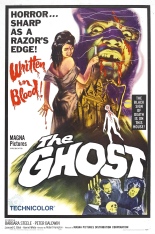
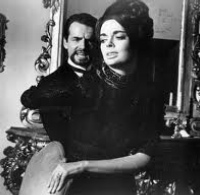 Freda — who deserves to be remembered with Dario Argento, Mario Bava and Lucio Fulci — creates suspense with nothing more than sound, things you think you see, outstanding production design, Steele’s gorgeous face, and a budget of about $17. But come on, all you really need is Steele’s face.
Freda — who deserves to be remembered with Dario Argento, Mario Bava and Lucio Fulci — creates suspense with nothing more than sound, things you think you see, outstanding production design, Steele’s gorgeous face, and a budget of about $17. But come on, all you really need is Steele’s face.
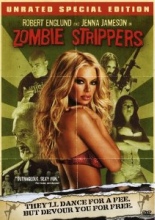
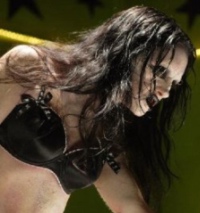 The picture was written, directed, shot and edited by Jay Lee, with dialogue assistance from Zarathustra. Supposedly inspired by Eugène Ionesco’s absurdist play Rhinoceros, in which everyone is eager to conform by becoming the title beast, Lee’s script is a grab bag of horror movie parodies — one zombie begging to be shot in the head is a dead-on poke at
The picture was written, directed, shot and edited by Jay Lee, with dialogue assistance from Zarathustra. Supposedly inspired by Eugène Ionesco’s absurdist play Rhinoceros, in which everyone is eager to conform by becoming the title beast, Lee’s script is a grab bag of horror movie parodies — one zombie begging to be shot in the head is a dead-on poke at 
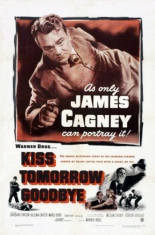
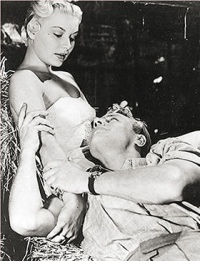 What keeps us reeling is the way the film portrays the standard noir characters of the evil femme fatale and the hapless sucker who knows she’s using him, but still can’t break away. In
What keeps us reeling is the way the film portrays the standard noir characters of the evil femme fatale and the hapless sucker who knows she’s using him, but still can’t break away. In